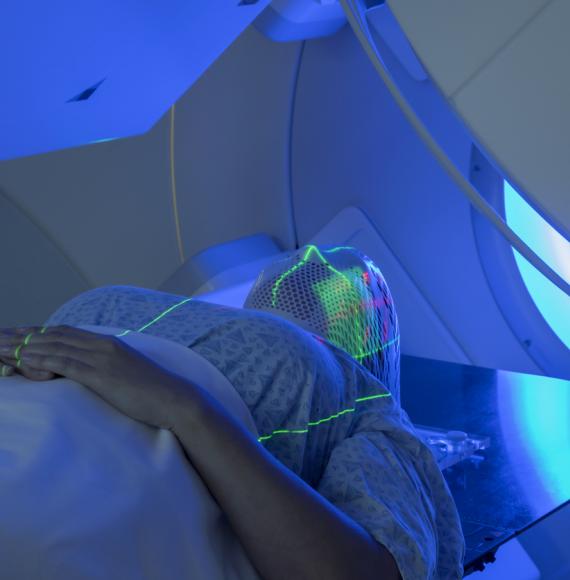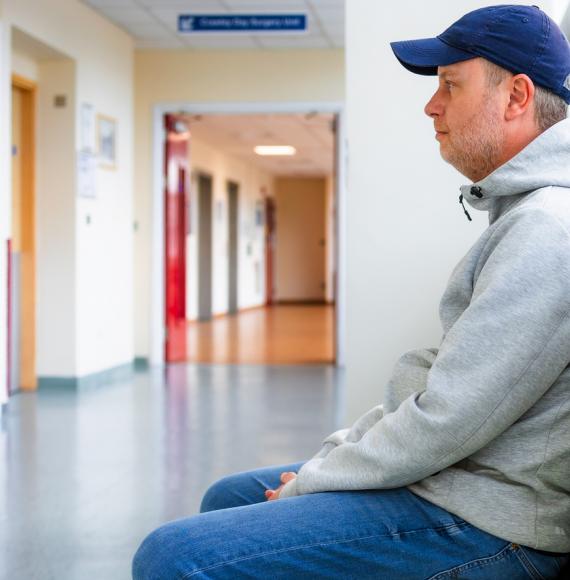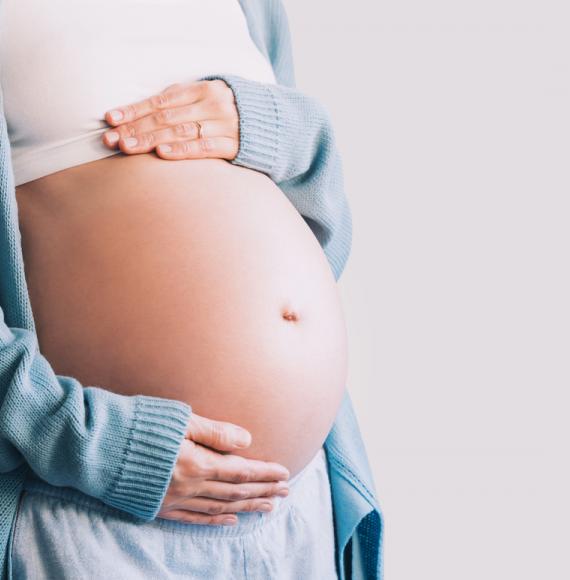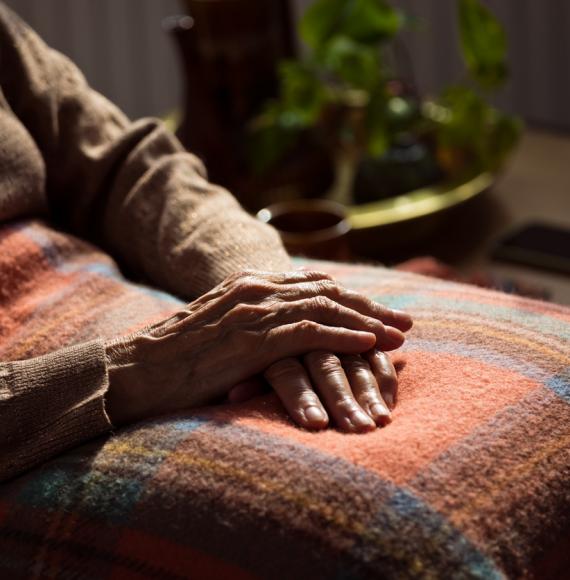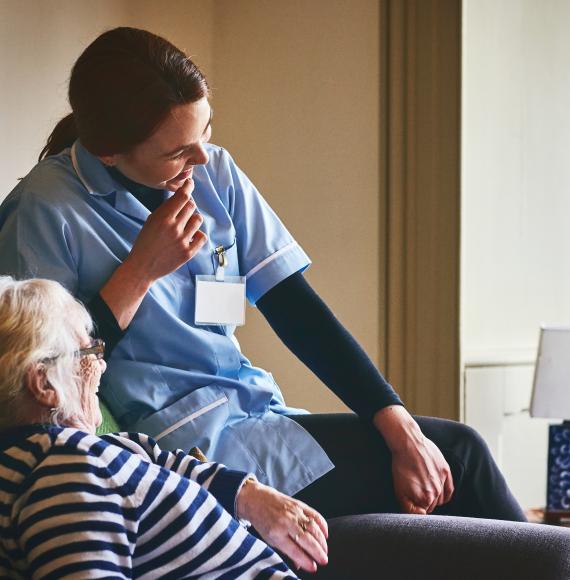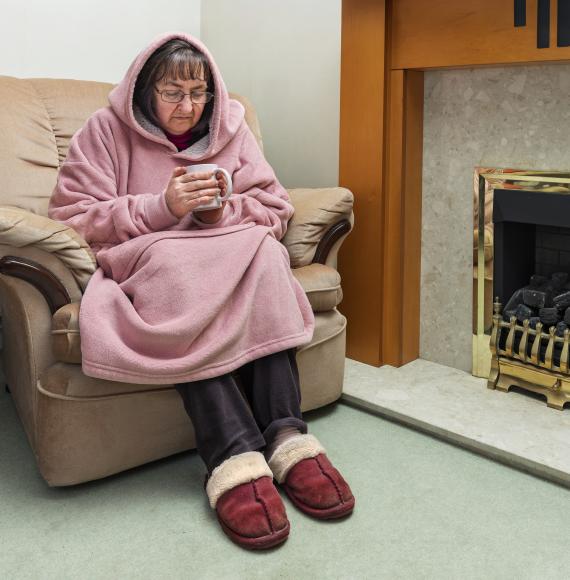Newly-released NHS workforce data, covering the period of August this year, shows a rise in both the number of doctors and nurses working in the NHS compared to last year.
The number of nurses working in England increased by 14,813 compared to the same period last year, while the number of doctors rose to a record 121,726.
The newly-published quarterly vacancy statistics also showed the number of overall NHS vacancies had fallen since last year by over 18,500 – some 17.5% of the total number of vacancies across the health service.
Nursing and midwifery saw some of the most significant increases in recruitment, with vacancies in these roles falling by more than 15% on the previous year.
In response to the figures, Health Secretary Matt Hancock said: “Not only do we have record numbers of doctors and over 14,800 more nurses working in our NHS than last year, but our pipeline of future talent in nursing, medicine and general practice is now at record levels.
“We are well on our way to deliver on our manifesto commitment of 50,000 more nurses in the NHS. I’m deeply grateful for the continued hard work of all our NHS staff throughout this pandemic.”
There have also been significant increases in the number of GPs entering training according to recent data.
Over the summer, the NHS People Plan also set out how the NHS is to put staff wellbeing at its heart with a new recruitment, retention and support package. This sets out practical support for wellbeing such as safe spaces to rest and recuperate, wellbeing guardians and support to keep staff physically safe and healthy.
The NHS recently announced £15m funding to strengthen mental health support for nurses, paramedics, therapists, pharmacists and support staff. Staff will get rapid access to expanded mental health services that are being rolled out across the country as part of efforts to deal with the second wave of coronavirus.




